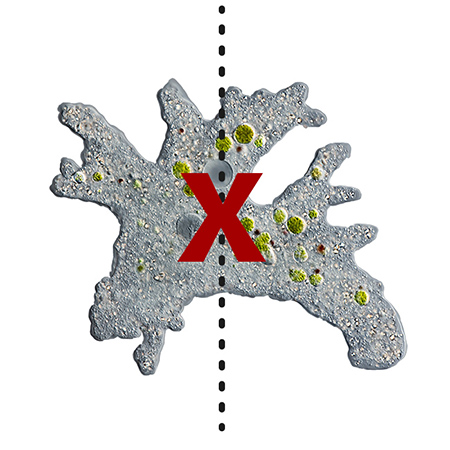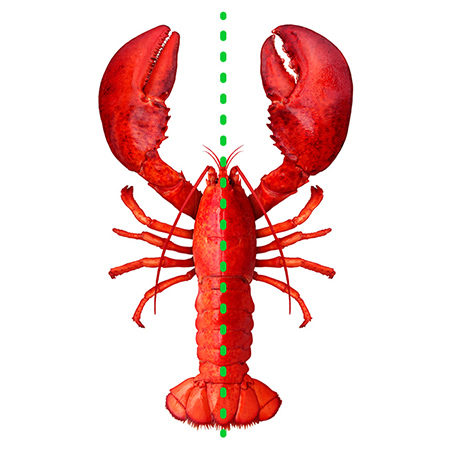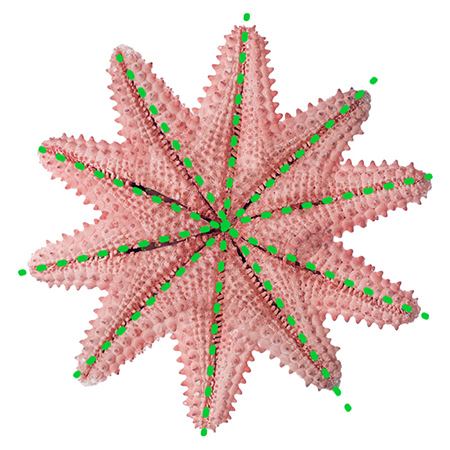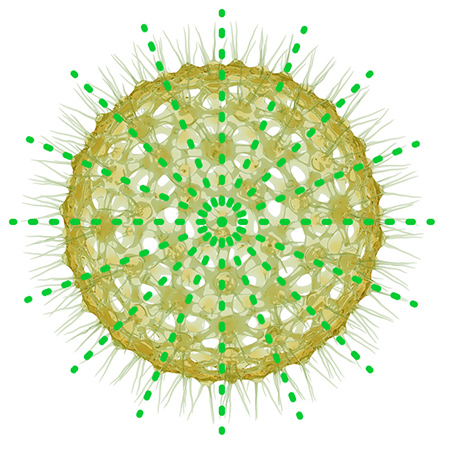When life on Earth first began billions of years ago, all animals were formless blobs. They didn't have eyes on either sides of their heads, matching legs on both sides of their body, or pairs of wings to help them fly. Then, about 500 million years ago, a little critter called an acoel evolved that was the same on one half as it was on the other. It had stumbled upon symmetry, the principle that allows for balance not only in nature, but also in art. Check out this slideshow to see how some artful animals are symmetrically balanced.
Amoeba: Asymmetrical
For billions of years, asymmetrical lumps like this amoeba were the only life on the planet. They had a hard time sensing their environment, or moving in a controlled way. As you can see. there's no line you can draw that would divide this creature into two or more mirror images. Click or tap the above image to show lines of symmetry. Lobster: Bilateral Symmetry
This lobster is a perfect example of bilateral symmetry. If you split it down the middle, there are the same number of legs, the same big claws, and the same position of body parts like fins, eyes, and antennae. Bilateral symmetry means you can only divide it into two (bi) mirror images: if you drew the line at any other angle, it wouldn't create symmetry. Click or tap the above image to show lines of symmetry. Starfish: Radial Symmetry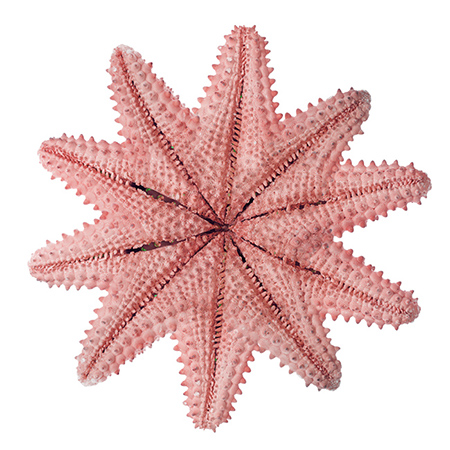
This starfish has ten arms, so it can be sliced five different ways to make two symmetrical halves. This is called radial symmetry, because there are several points of symmetry radiating out of the center of the object. Click or tap the above image to show lines of symmetry. Volvox: Spherical Symmetry
There are a few rare creatures, like the volvox, that can be divided along any almost axis running through their center to create two mirror images. Since these critters are spherical, you can slice them all kinds of different ways and still maintain symmetry. Click or tap the above image to show lines of symmetry. Face: Bilateral Symmetry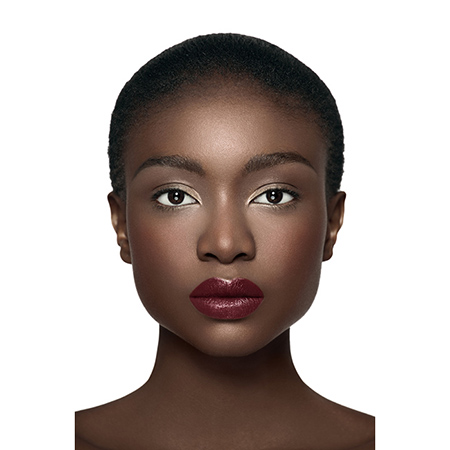
The human face is easily the most recognizable bilaterally symmetrical object. In fact, some definitions of beauty insist that the more symmetrical a face is, the more attractive it is. Notice that you can only draw one line of symmetry through a human face to make two mirror images: any other line will not work. Click or tap the above image to show lines of symmetry. |
Maybe because we've been inspired by nature, art designers often strive to include symmetry and balance in their creations. A balanced, symmetrical piece inspires feelings of harmony and purpose, as the eye moves easily across the page to take in all of the well-placed elements. If you look closely at just about every classic composition or award-winning design, you'll notice its balance and symmetry.
The examples below show different forms of symmetry in design. Click on the images to enlarge them and see the lines of symmetry.
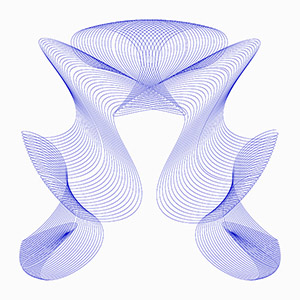 |
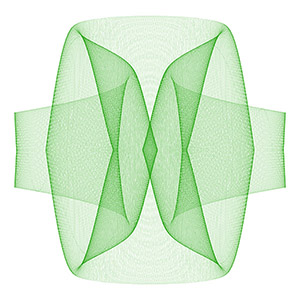 |
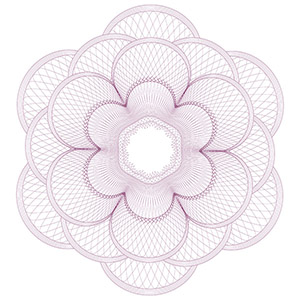 |
| Bilateral Symmetry | Quadrilateral Symmetry | Radial Balance |
If you stand with your feet closely together and both arms extended evenly, you are now in symmetrical balance. What happens if one foot shifts forward or backward or one arm is lowered? Your balance is altered, and you must shift your weight to accommodate it. Would you still be symmetrically balanced?
